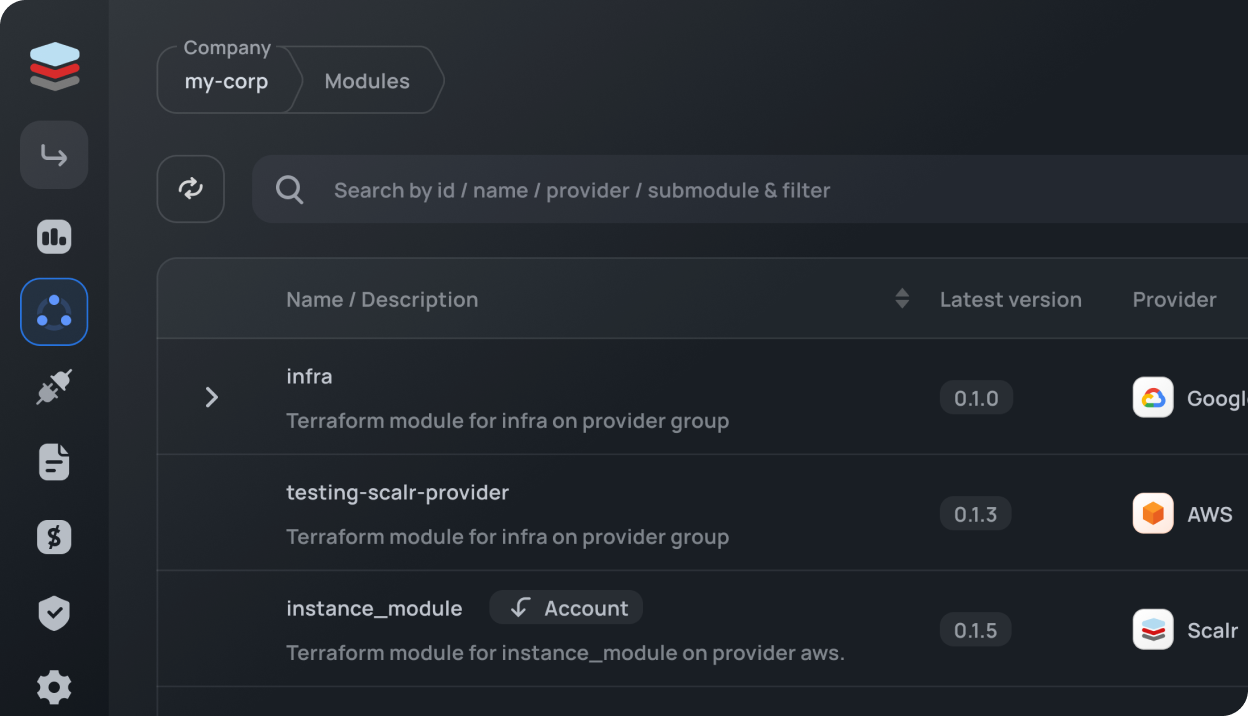Your costs = usage. Period.

Infrastructure as Code (IaC) has revolutionized the way we deploy and manage our cloud resources. The two most popular IaC tools today are Terraform and Pulumi. Although both tools serve the same purpose, they differ in their approach and implementation. In this blog post, we'll explore the similarities and differences between Terraform and Pulumi and discuss why Terraform is the better long-term choice.
Before diving into the differences between Terraform and Pulumi, it's essential to understand their similarities. Both tools are open-source and enable users to define cloud infrastructure in code. They support multiple cloud providers, including AWS, Azure, GCP, and Kubernetes. Furthermore, both Terraform and Pulumi provide features to automate the deployment and management of infrastructure and can integrate with Continuous Integration/Continuous Deployment (CI/CD) pipelines.
Terraform and Pulumi differ in their approach and implementation. Terraform uses a declarative approach, while Pulumi uses an imperative approach. In Terraform, you define the desired state of your infrastructure, and Terraform figures out the actions needed to achieve that state. In contrast, with Pulumi, you write code that explicitly describes the actions to be taken.
Another significant difference between the two is their language support. Terraform uses HashiCorp Configuration Language (HCL), which is similar to JSON, whereas Pulumi supports multiple languages, including JavaScript, TypeScript, Python, and Go. This allows developers to use the language they are most familiar with.
Terraform has been around for much longer than Pulumi and has a larger community and ecosystem. Terraform modules, which are reusable pieces of infrastructure code, are widely available, and you can find modules for most use cases. In contrast, Pulumi is relatively new, and its ecosystem is still growing.
While Pulumi's support for multiple languages and its imperative approach might seem attractive, there are several reasons why Terraform is the better long-term choice.
Firstly, Terraform has a much larger community and ecosystem. This means that there are more modules available, and you are more likely to find help and support when you need it.
Secondly, Terraform's declarative approach makes it easier to reason about and understand the state of your infrastructure. With Pulumi's imperative approach, it can be challenging to understand the current state of your infrastructure, especially when dealing with complex use cases.
Thirdly, Terraform has been battle-tested over the years and is used by many large enterprises to manage their cloud infrastructure. It is a mature and stable tool, whereas Pulumi is still relatively new and lacks the same level of stability and maturity.
Finally, Terraform's HCL is a simple and easy-to-learn language, which is similar to JSON. This makes it easy for developers to get started with and reduces the learning curve. In contrast, Pulumi's support for multiple languages can make it more complex and harder to get started with.
In conclusion, while Pulumi offers some unique features and benefits, Terraform is the better long-term choice. Its larger community and ecosystem, declarative approach, stability, and simplicity make it the go-to choice for managing cloud infrastructure in code.
Get started using Terraform and Scalr today!




